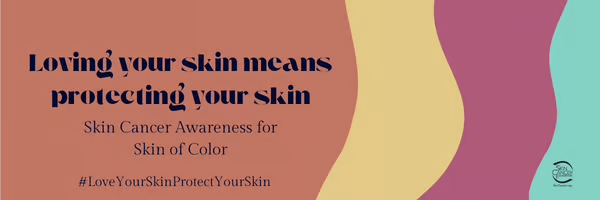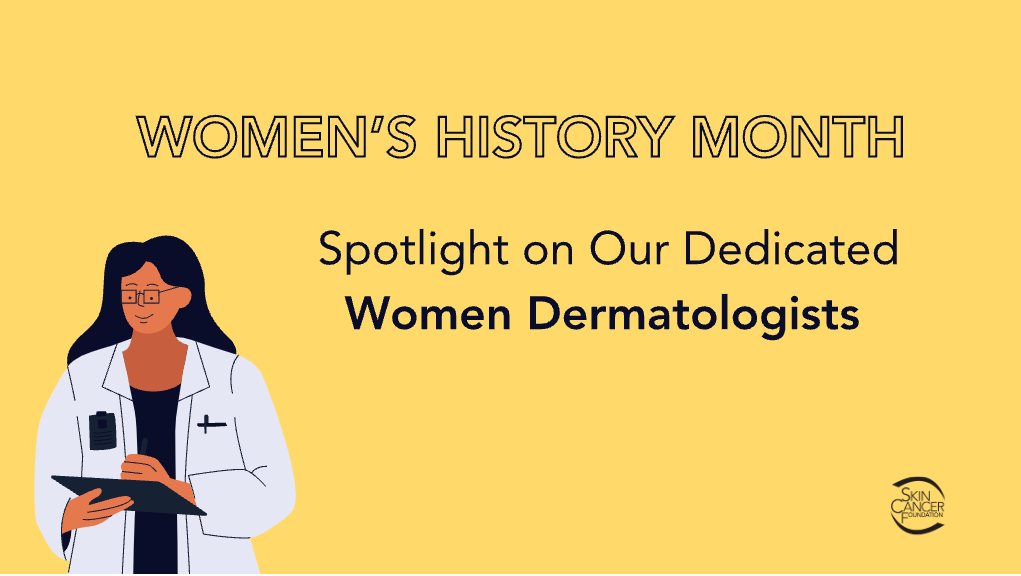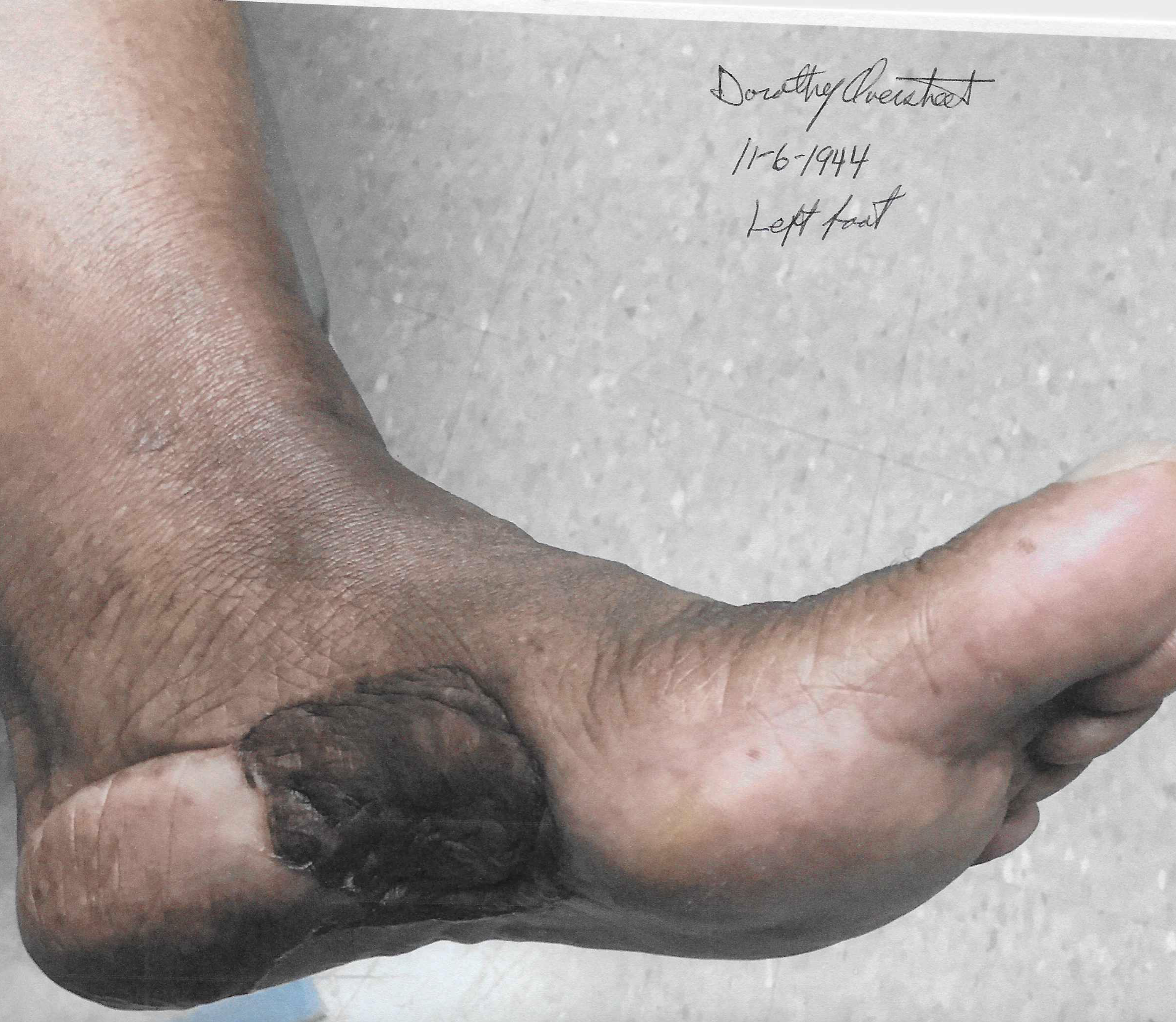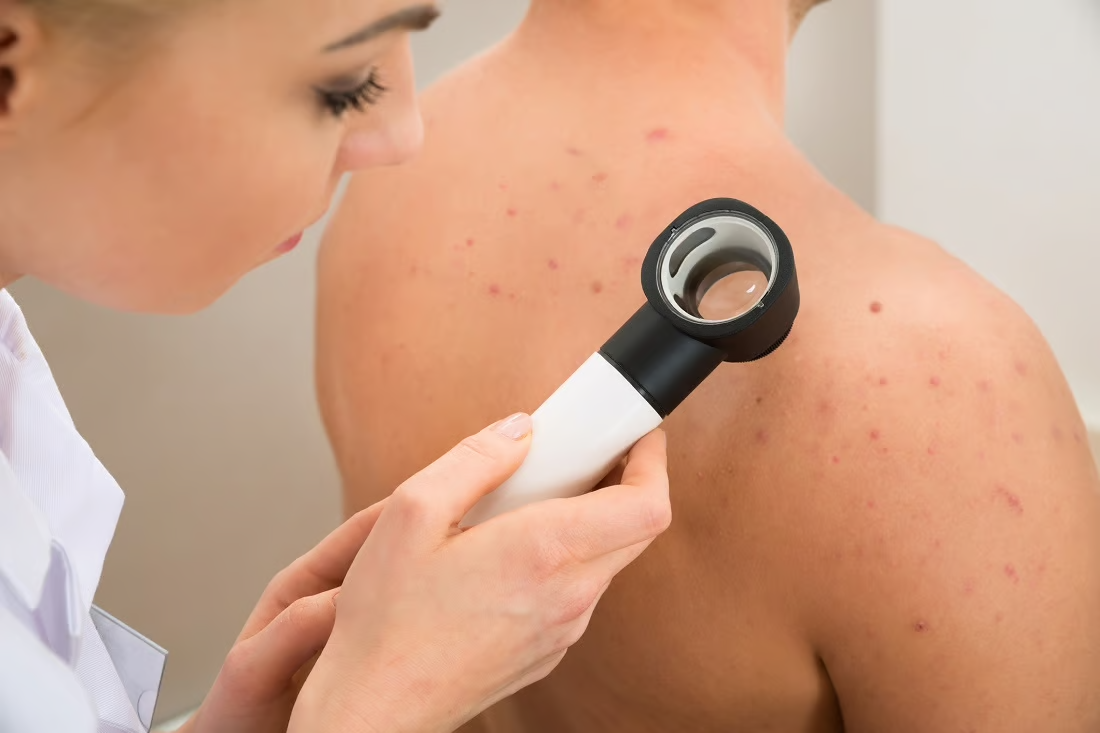
March Newsletter
Vol. 3| March 2024
Mohs surgery (also known as Mohs micrographic surgery) is the most effective technique for removing nonmelanoma skin cancers, with cure rates up to 99 percent.
Mohs may be recommended by doctors for treating skin cancers in cosmetically challenging locations, such as the head, face and neck, as well as other areas of the body.
This month, we’re shining a spotlight on just about everything you need to know about Mohs surgery to treat basal cell carcinomas (BCCs), squamous cell carcinomas (SCCs) and even certain melanomas.
To follow the Mohs conversation all month long, be sure to connect with us on social media!
Mohs Content Roundup:
What Happens During Mohs Surgery?
Mohs Surgery: 5 Things to Know Before You Go.
Newly Diagnosed? What You Need to Know About Mohs
Dr. Sarnoff Says
Join the #LoveYourSkin Campaign
Loving your skin means protecting your skin. That’s why we’ve launched #LoveYourSkin, a public awareness campaign focused on education, early detection and sun protection for skin of color.
Skin cancer is often diagnosed later in people of color, when it is more challenging to treat. Together, we can help one another, share the facts and the love.
It’s easy to get involved:
- Follow us and the hashtag #LoveYourSkinProtectYourSkin on social media
- Share facts and graphics to help spread the word
- Read and share our blog posts about skin cancer in people of color
- Use the hashtag #LoveYourSkinProtectYourSkin and tag us @SkinCancerOrg so we can amplify the message
Stay tuned for more ways to get involved!
On the Blog
Celebrating the Women of The Skin Cancer Foundation
March is Women’s History Month, the perfect time for The Skin Cancer Foundation’s female physician members to share their insights as women in dermatology, and the world of medicine.
Acral Melanoma Survivor Warns: Know What to Look For
Most people who go to the podiatrist would never expect to get biopsied and
diagnosed with a rare, dangerous skin cancer. But that’s exactly what happened to Dorothy Overstreet. Now, she wants to educate people about acral lentiginous melanoma (ALM) and how to detect it.
Social Media and Skin Cancer: The Benefits, the Drawbacks for Patients Seeking Support
Have you ever shared details of your medical diagnosis on social media? If so, you are not alone. Learn the advantages and pitfalls around social media sharing.
More Than Moles: When Melanoma Doesn’t Look Like You Think It Should
Sometimes identifying a potential skin cancer isn’t so straightforward. Skin cancer comes in many forms, and tumors don’t always display the most well-known characteristics of the disease.
You do your best to protect your skin from the sun. But did you know Mother Nature ups the ante on windy days? Our experts share
some breezy protection advice.
| For many young women, spring means memorable events like proms, showers and weddings. It may be tempting to achieve a bronzed, “sun-kissed” look for such occasions; studies show women are more likely to use indoor tanning devices than men. The Skin Cancer Foundation cautions against any type of tanning, in or outdoors. Read more about the dangers of tanning. |
Monthly Giving: Join Our Skin Protection Fund
| Join our community of monthly donors and become a member of the Skin Protection Fund (SPF). Your recurring gift will steadily support the lifesaving programs of the Foundation and help us educate the public and the medical community about skin cancer, its prevention by means of sun protection, the need for early detection and prompt, effective treatment. Learn more and donate here. |
Stay Connected
